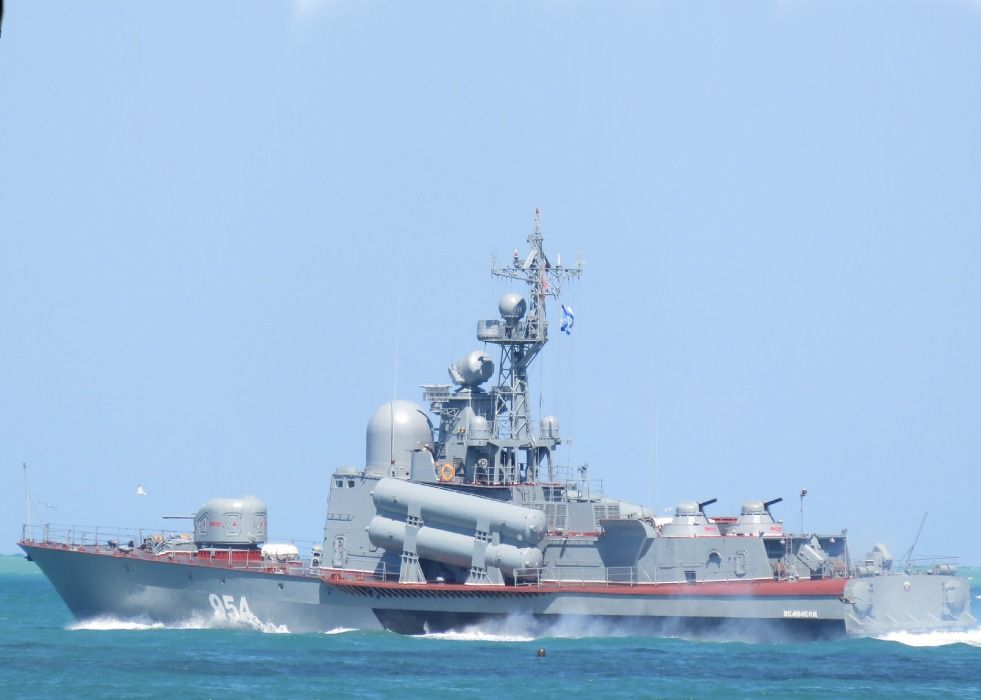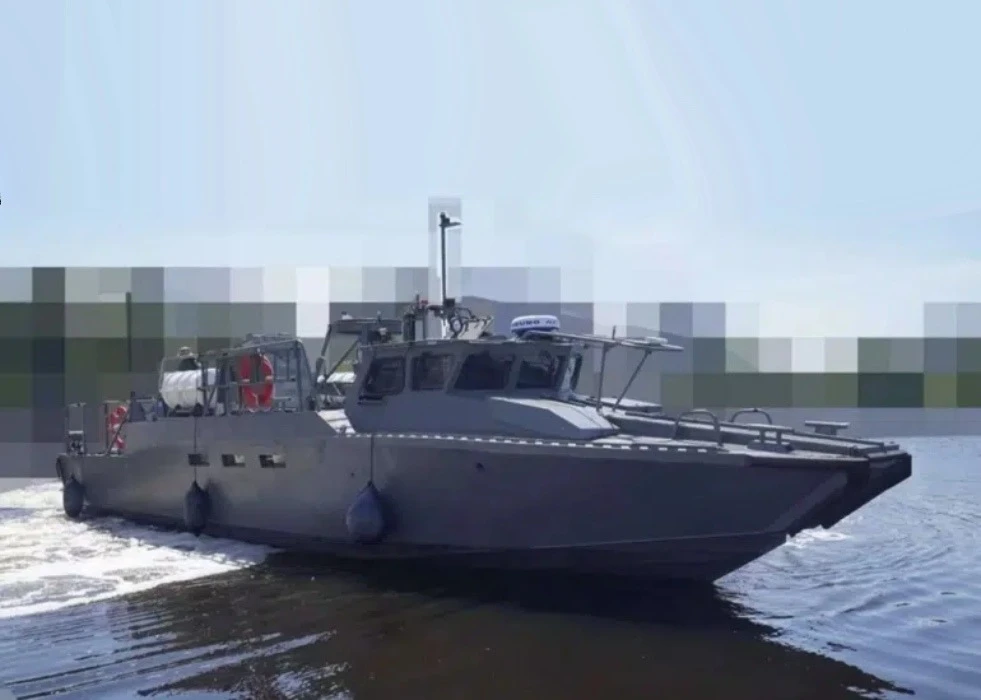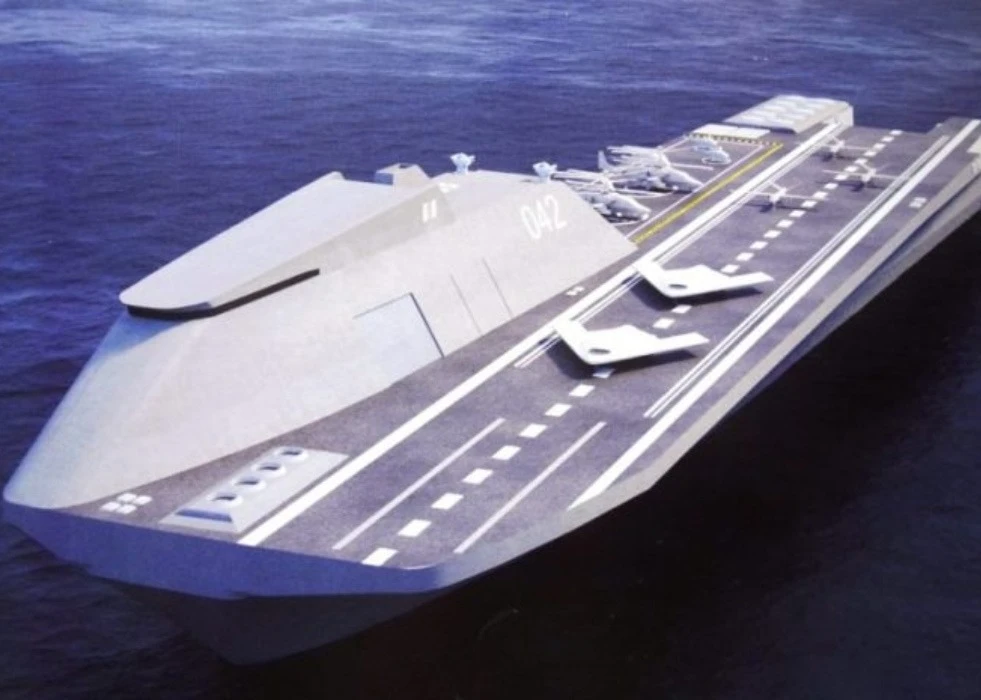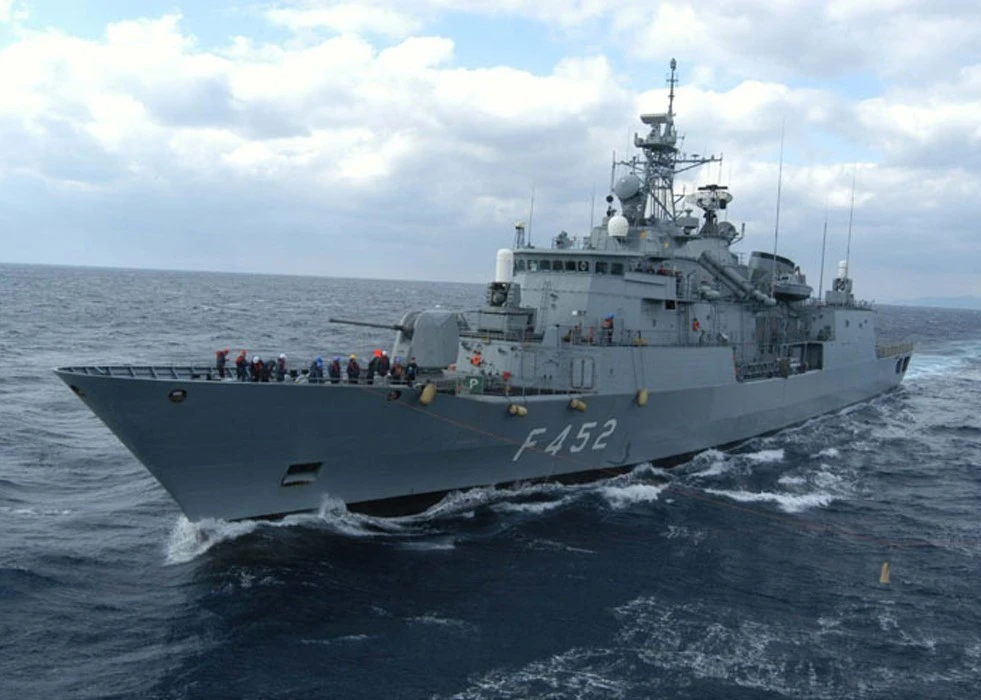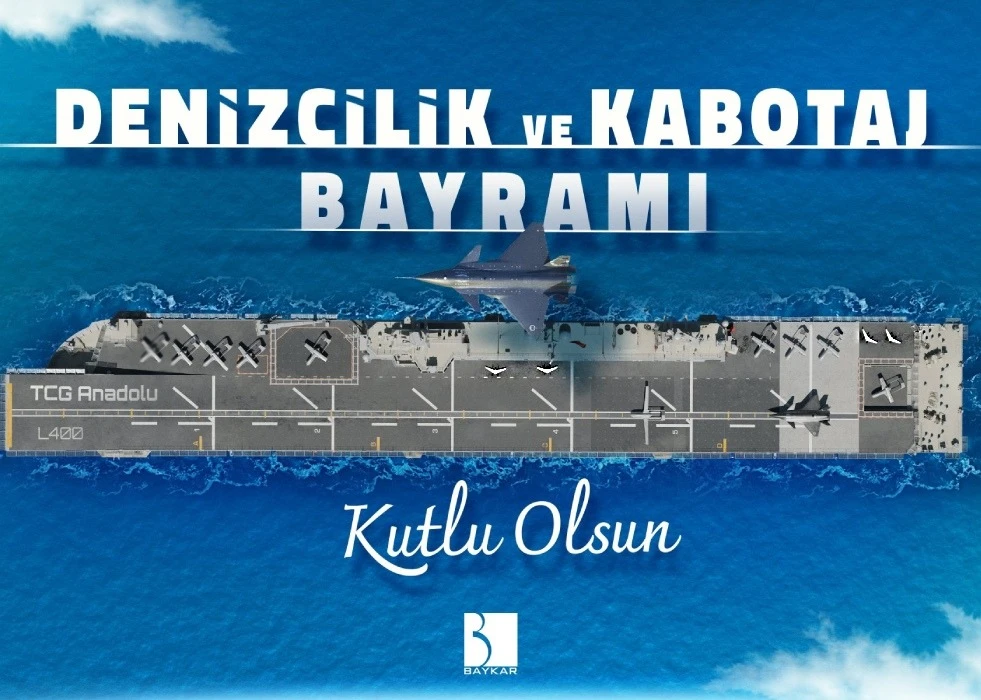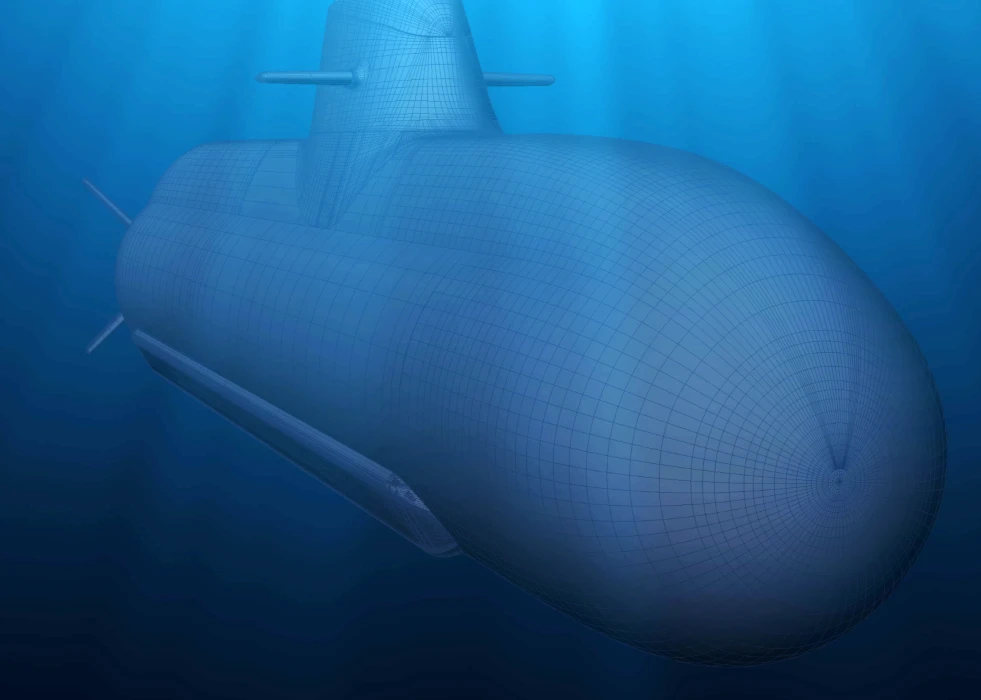The corvette sunk by the attack is stated to be RFS Ivanovets. The attack stands out in the way that it was conducted with multiple USVs and seemingly the other USV(s) hitting the same spot struck by the first USV. After multiple hits, the corvette is seen with the aft sunk and bow pointing up.
Ukraine has been using various locally built kamikaze USVs against significant surface combatants of the Russian Black Sea fleet, like corvettes, intelligence ships and frigates, as well as facilities.
The difficulties with detecting and engaging kamikaze USVs have caused significant causalities to the Russian Navy. The small size and high speed are the main contributing factors to this situation. Russian warships’ main self-defence consists of manually operated heavy machine guns and CIWS like AK-630, both inadequate in terms of target acquisition capabilities against kamikaze USVs.
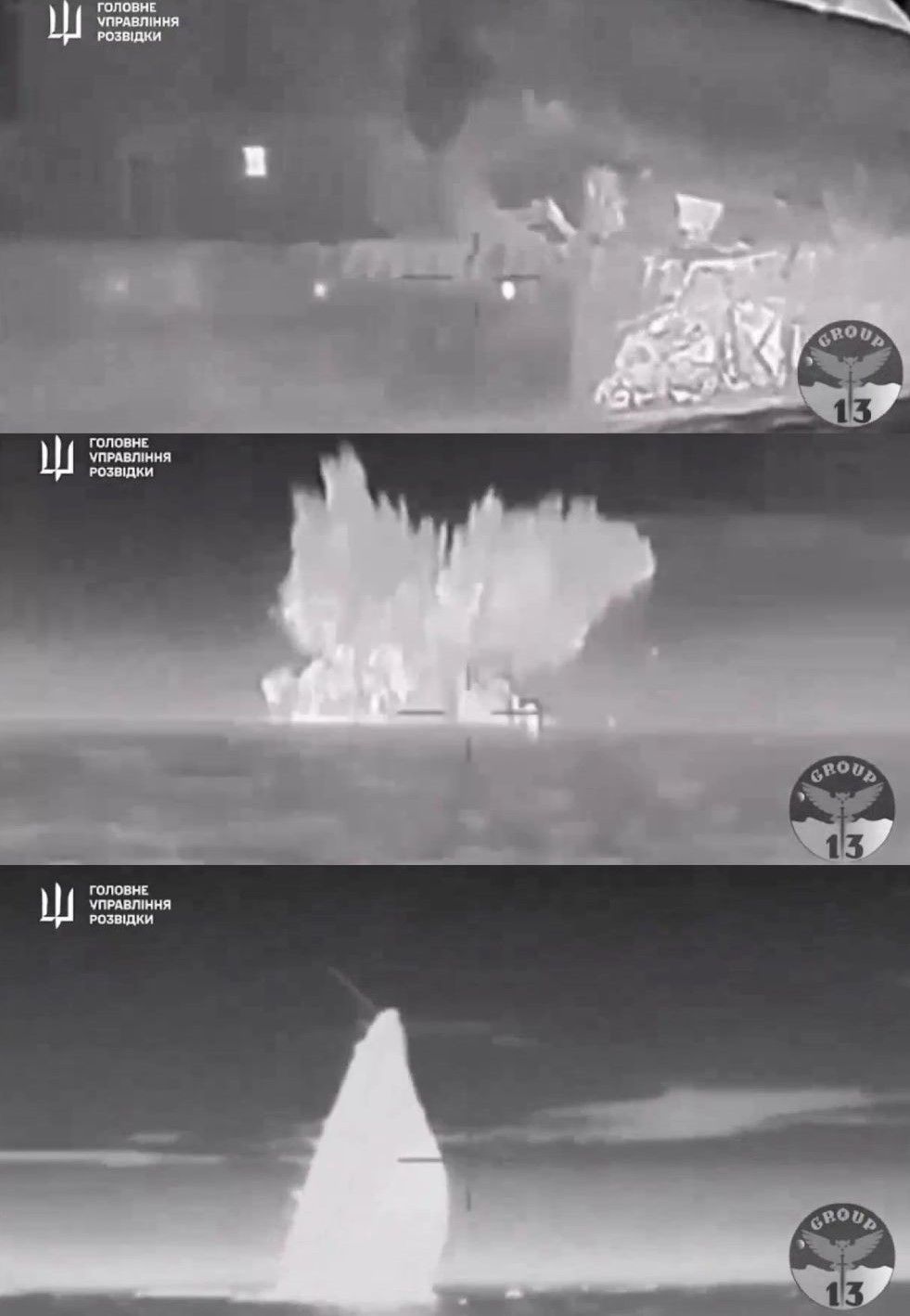
On top of difficulties with self-defence, the lethality leaves little chance of sailing away in the event of a hit. With explosive payloads ranging between 200 kg and 600 kg depending on type, one hit can render most ships incapable of operating or sunk.
Russia has taken some measures like nettings near critical facilities and dark-coloured hull paints on the ends in an attempt to fool optical systems. The first can make the defence of facilities easier by leaving less space for the USVs to begin their approach, but the latter might not be effective against thermal imaging, which filters the heat instead of colours.


